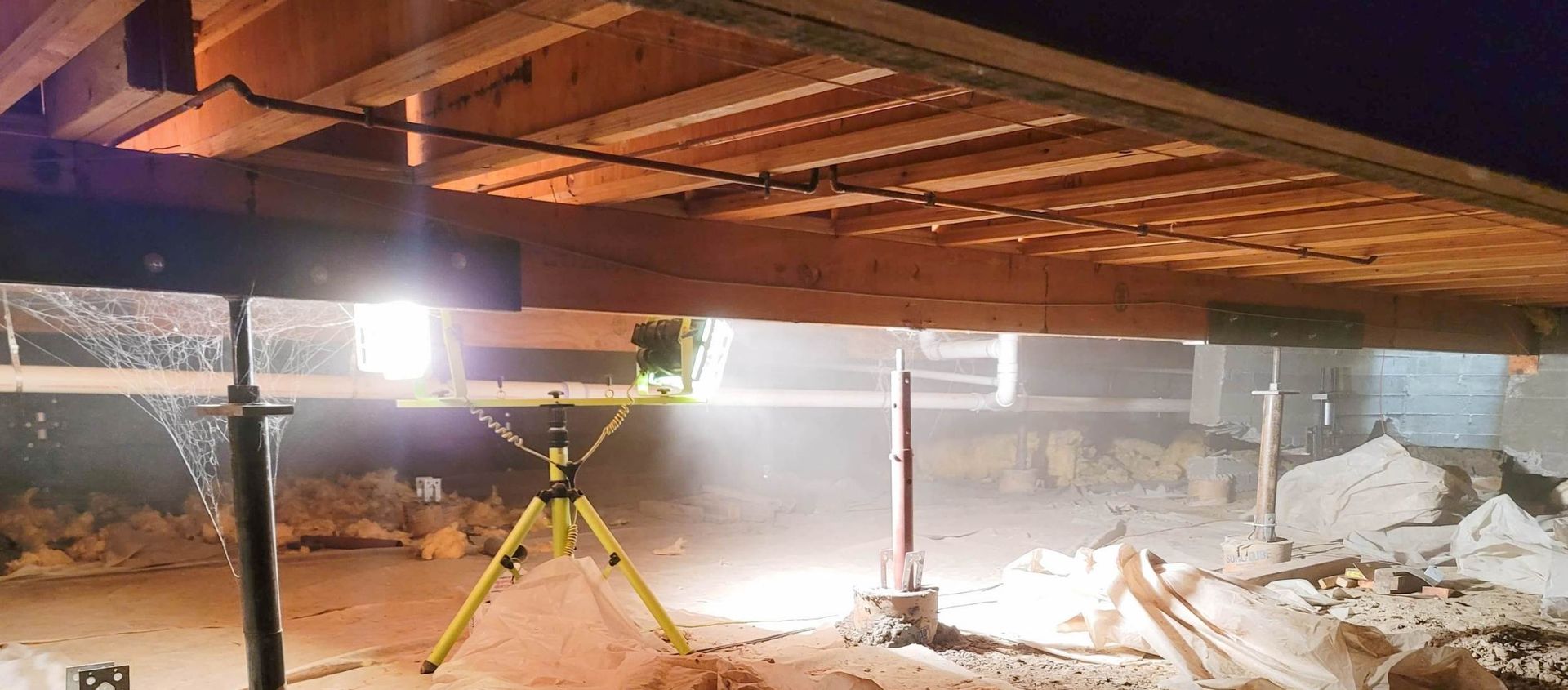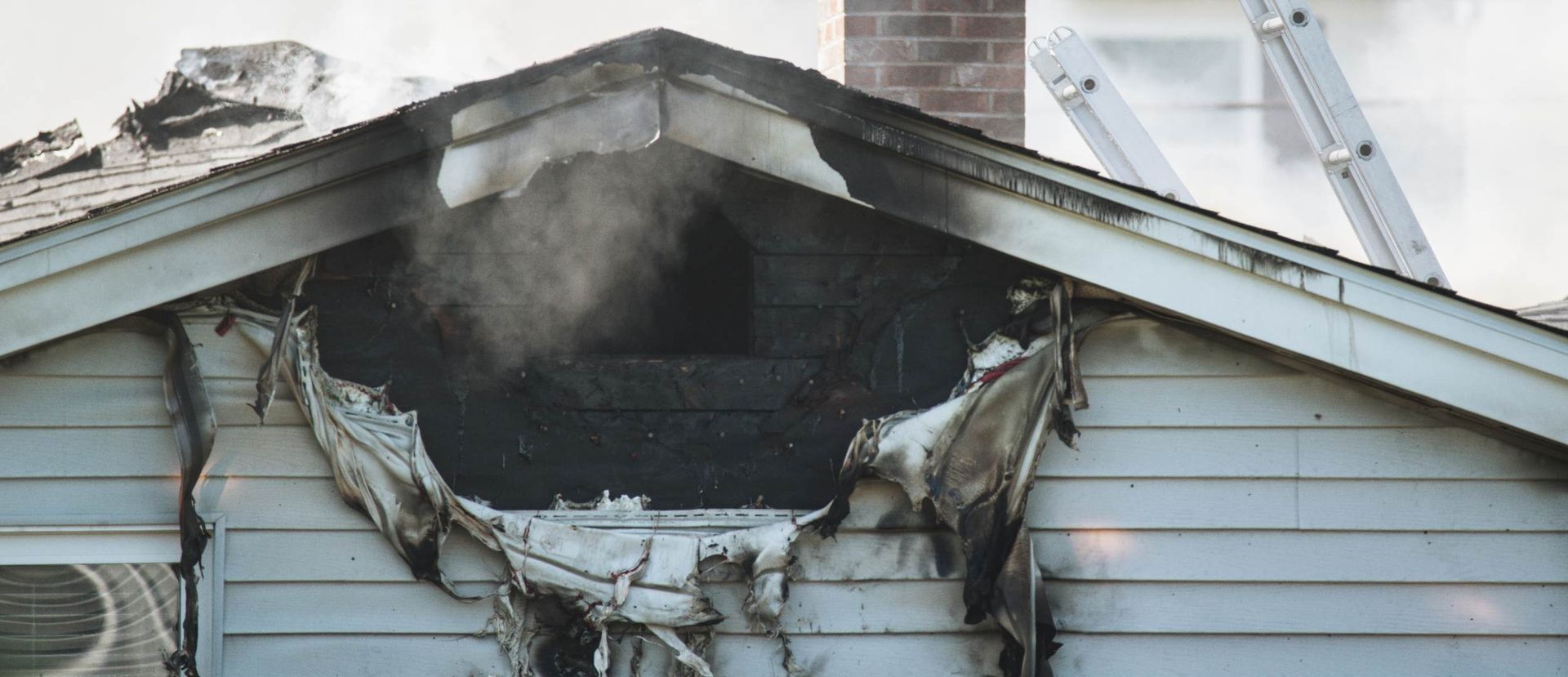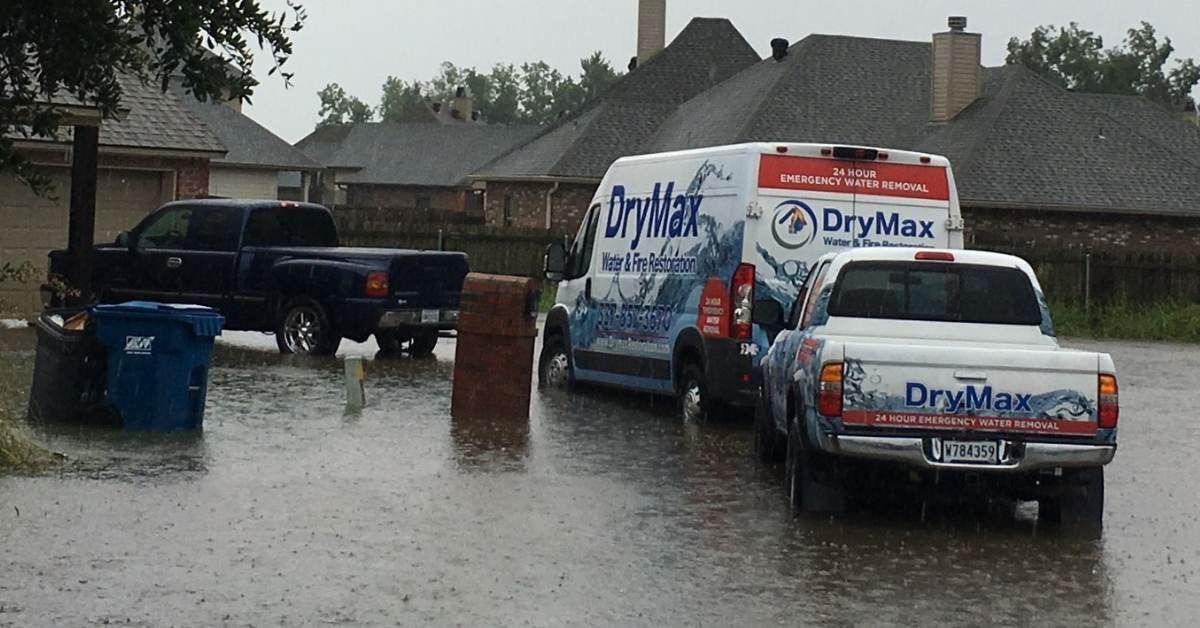How to Stop Mold Growth After a Flood
Mold can develop pretty quickly following a flood if homeowners are not careful and do not take the necessary steps for cleanup in a timely manner. Cleaning efforts should begin as soon as possible following the discovery of a flood. If your home is flooded, you should consult a local emergency water restoration company in Louisiana right away. A restoration expert will assess the damage, contain the situation, extract the standing water, sanitize the affected areas, and begin the structural drying. If this process is delayed, the likelihood of mold development increases exponential with time.
Post-Flood Mold Prevention
When dealing with a flood or water damage, time can be a homeowner’s worst enemy. Delayed cleanup and drying and mean serious repercussions like additional property damage, mold growth and more expensive repairs. Floods can be caused by natural disasters, storm damage, plumbing leaks, burst pipes, frozen pipes, roof damage, foundation issues, appliance malfunctions, and the list just goes on. Regardless of what caused the flooding in the first place, it is imperative to act as quickly as possible.
To prevent mold after a flood and minimize water damage, water restoration efforts should begin immediately…
- All standing water must be extracted and removed
- Water damaged building materials that cannot be effectively dried and cleaned should be removed and disposed of (carpeting, carpet padding, drywall, insulation, etc.).
- Water damaged contents, furniture, personal belongings that cannot be effectively dried or repaired need to be removed and disposed of.
- All remaining surfaces need to be thoroughly dried in order to prevent additional damage and mold growth.
Professional Water Restoration & Flood Cleanup in Louisiana
Most situations involving major water damage and flooding usually requires professional intervention. Certified flood damage cleanup crews in Louisiana have the industry experience and professional-grade equipment needed to ensure that all flood waters are removed and the structure is thoroughly dried. Even trace amounts of water left behind can cause building components to deteriorate. As moisture evaporates, the water vapors will rise and adhere to nearby porous surfaces like drywall, wood wall studs, wood floor joists, and wood subflooring – creating an ongoing issues.
Checking for Mold Following a Flood or Water Damage in Louisiana Buildings
Following a flood, leak or other water incident – it is good practice to assess for signs of potential mold growth. Fungal activity can begin in a little as 24-48 hours once an environment has been exposed to moisture. Suspicious staining, musty odors and powdery spotting can all be indicative of fungal growth. When in doubt, contact a local mold inspector in Louisiana to conduct a mold inspection just in case. Mold can be difficult to identify if you don’t know what to look for. An experienced and knowledgeable mold inspector will be able to evaluate the areas of concern for mold and moisture. Even if you don't have mold, a mold inspection can reveal residual moisture left behind from the flood, elevate humidity aggravated by the flood water or other moisture-related risks that could lead to mold later.
Perhaps you're concerned that you waited too long to deal with the water, or you believe that the drying efforts were insufficient - regardless of the circumstances, scheduling a mold inspection won’t hurt and can offer your family a peace of mind.




